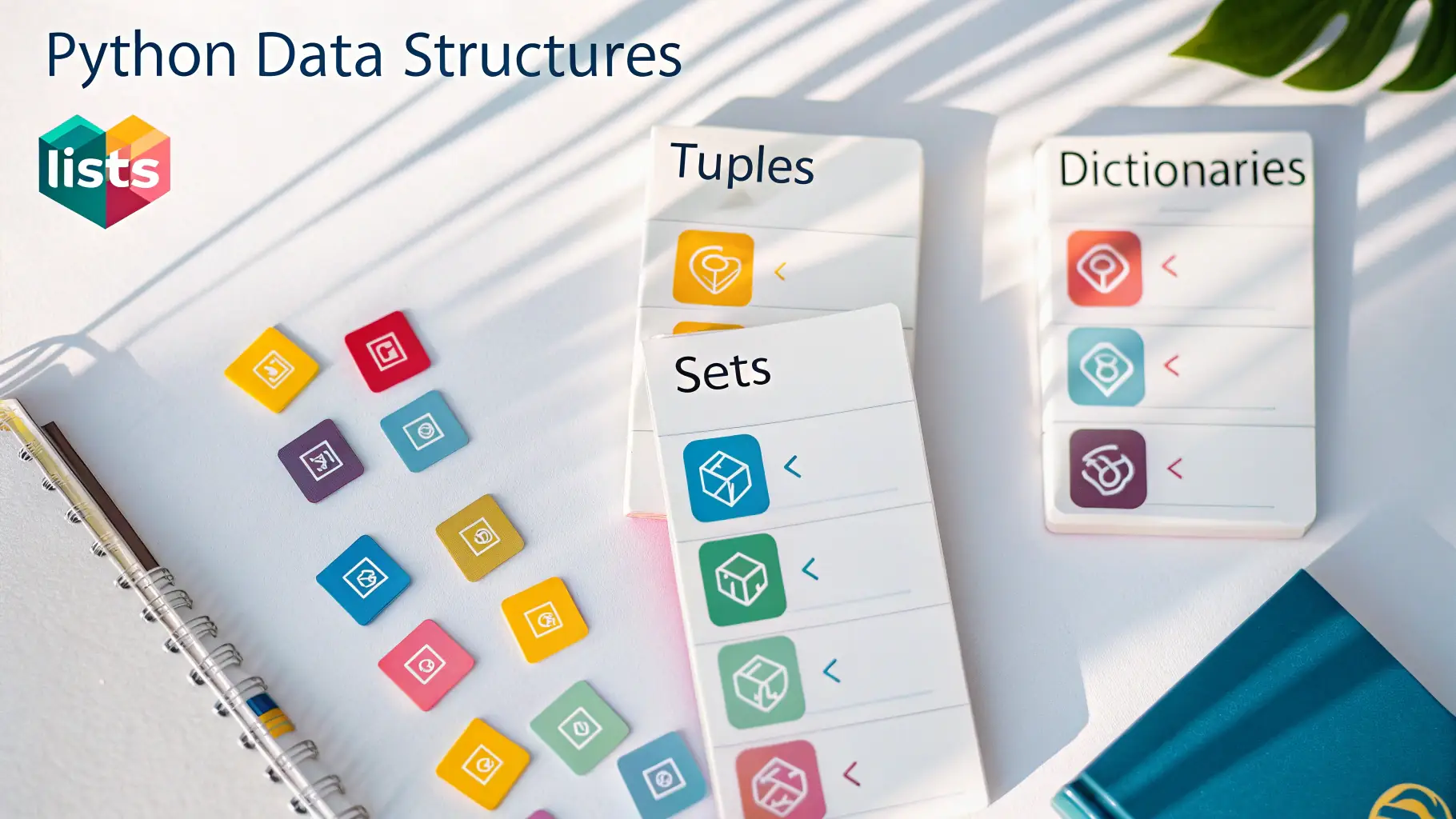Data structures are fundamental components of any programming language, enabling efficient storage and manipulation of data. Python offers a rich set of built-in data structures. This blog post will delve into the key data structures in Python, including lists, tuples, dictionaries, and sets. We’ll explore their characteristics, functionalities, and use cases. We’ll also discuss how to choose the appropriate data structure for a given task and how to optimize data storage and retrieval. Understanding data structures is crucial for writing efficient and effective Python code. Finally, we’ll provide practical examples demonstrating how to use these data structures in real-world scenarios. This will help you apply your knowledge and build more sophisticated Python applications.
Machine Learning with Python: A Practical Approach
This blog post provides a practical introduction to machine learning using Python, covering fundamental concepts



